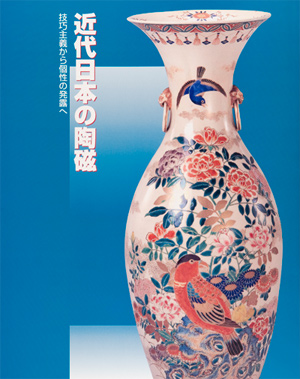| image | information |
|---|---|
 |
Since the Meiji era, modern Japanese ceramics have faced western culture through various opportunities, such as international exhibitions. As a part of the policy to increase production and promote industry, carried out by the joint efforts of the government and the people, the Meiji government delivered traditional crafts, especially elaborate ceramics such as Arita and Satsuma ware, to the west as the popular item of export. At the same time, modern ceramic techniques and methods of production were introduced from the west, greatly effecting the industry. As a result, fine products were created exerting technical skills, applying western techniques with traditional methods as a base. Within this trend, outstanding craftsmen such as Miyagawa Kozan and Seifu Yohei were selected as Teishitsu Gigeiin (Imperia1 Craftsmen) of the Meiji era. However, the lack of originality and vitality in design eventually leaded to an activity to improve the designs. In the Taisho era, a trend of admiration and studying of old Asian ceramics began, and attempts to reproduce them precisely were made. From the Taisho to Showa eras, a folkcraft movement which valued the common practical daily utensils began. This era produced artists who studied and digested Asian techniques and western designs to create original works, and artists who attempted creative expression unrestricted by former styles. In this exhibition, 37 ceramic works of the Sannomaru Shozokan collection are exhibited under 5 themes, namely, Relationship with Europe, Renovation of tradition, Aspiration to Chinese and Korean Ceramics, “Okimono” (figurines), and, Expression of Individuality. It attempts to glimpse on the variety of formative expressions during the development of Japanese ceramics over the hundred years since the beginning of the Meiji Era. |